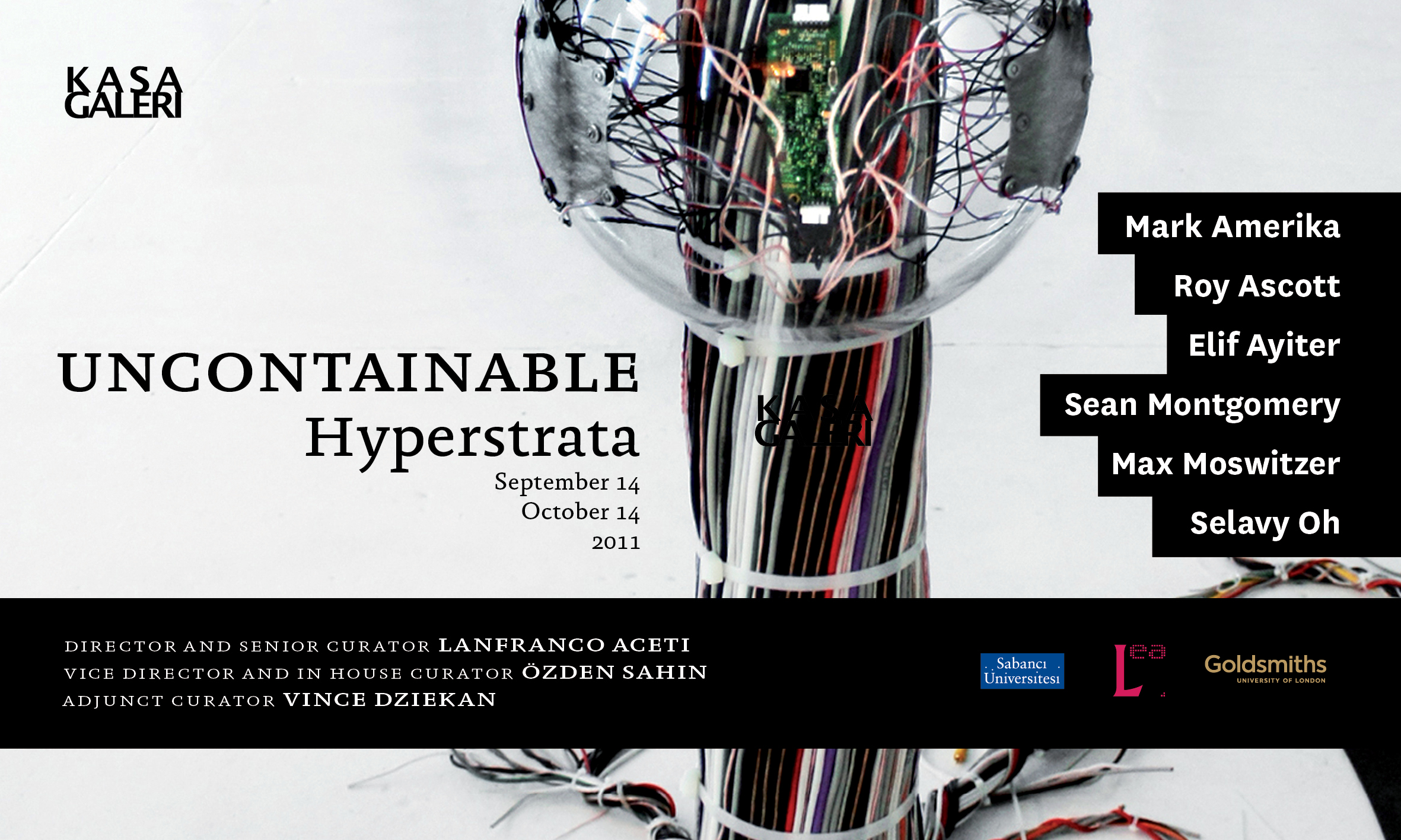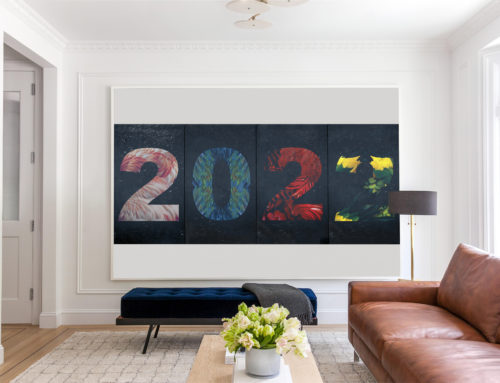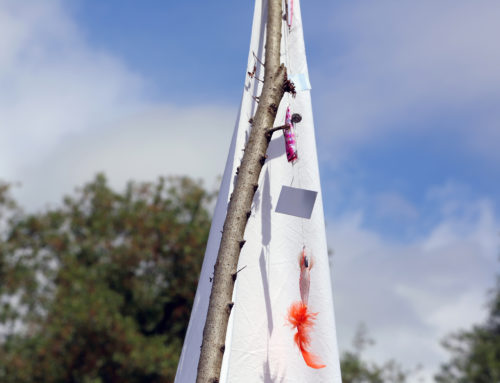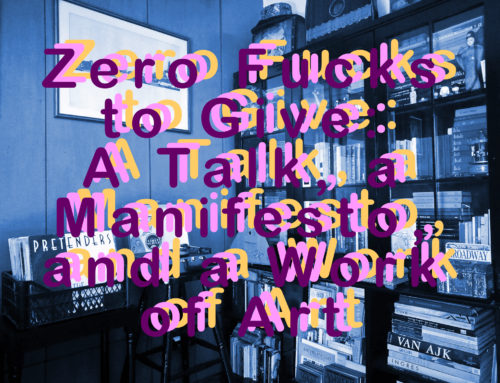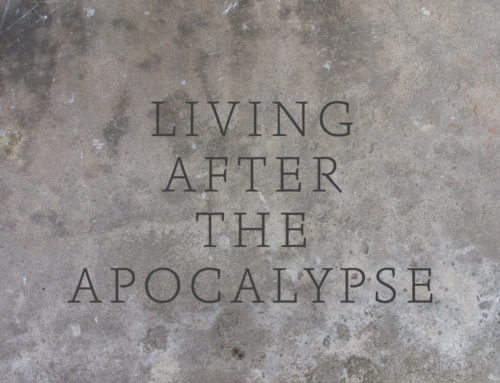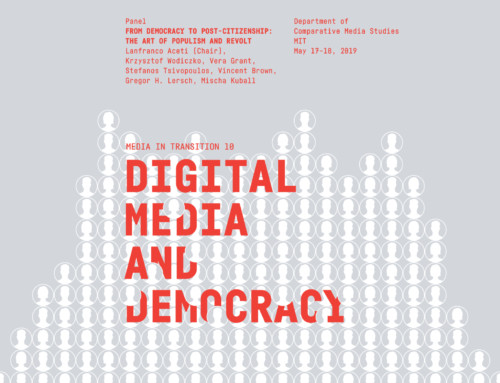Hyperstrata, a conceptual curatorial framework by Lanfranco Aceti, looks at the process of layering of contemporary aesthetics.
The exhibition showcases the artworks of Mark Amerika, who has been able to make of the pixel a contemporary media tool to overlay images with 21st Century’s aesthetics.
Roy Ascott’s transmediation of La Plissure du Texte in virtual worlds with co-authors Elif Ayter, Max Moswitzer and Selavy Oh is another example of contemporary hyperstrata that layer previous and new evolutionary developments of artworks.
Sean Montgomery shows an artwork where the layering and sedimentation is made of different biological and sensory inputs and outputs that allude to and allure the viewer into future aesthetic landscapes.
Lanfranco Aceti, ISEA2011 Istanbul Artistic Director and Özden Şahin, Program Director.
UNCONTAINABLE: Hyperstrata is the in house exhibition of Kasa Gallery in partnership with ISEA2011 Istanbul.
UNCONTAINABLE: Hyperstrata is part of the Official Parallel Program of the 12th Istanbul Biennial.
ARTISTS’ BIOGRAPHIES
Mark Amerika‘s artworks have been exhibited internationally at venues such as the Whitney Biennial of American Art, the Denver Art Museum, the Institute of Contemporary Arts in London, the Walker Art Center, the Biennale de Montréal, the American Museum of the Moving Image, and ACA Media Arts Plaza in Tokyo, Japan. In 2009-2010, The National Museum of Contemporary Art in Athens, Greece, featured Amerika’s comprehensive retrospective exhibition entitled UNREALTIME including his groundbreaking works of Internet art like GRAMMATRON and FILMTEXT and his feature-length work of mobile cinema, Immobilité.
Mark Amerika is currently a Professor of Art and Art History at the University of Colorado at Boulder. His Internet art can found at his website, markamerika.com.
Roy Ascott is an artist and theorist whose research is invested in cybernetics, technoetics, telematics, and syncretism. He is the founding president of the Planetary Collegium, an international platform for art, technology and consciousness research, based in Plymouth University with nodes in Milan and Zurich. He has held senior academic positions in San Francisco, Minneapolis, Vienna and Toronto, and is an Honorary Professor of Aalborg University Denmark, and at Thames Valley University London. His international exhibitions range from the Venice Biennale to Ars Electronica. A retrospective of his work was featured in the Incheon International Festival of Digital Art , Korea September 2010, and exhibited as The Syncretic Sense at Plymouth Art Centre, UK, May 2009. His most recent work is LPDT2, 2010, the Second Life of La Plissure du Texte, his generic work of “distributed authorship” of the early 1980s. His theoretical work is widely published, translated and referenced. He has advised media art institutions in Europe, Australia, South America, the USA, Japan, and Korea. He edits Technoetic Arts (Intellect) and is an Honorary Editor of Leonardo.
Elif Ayiter is a designer and a researcher, teaching at Sabanci University, Istanbul. Her texts have been published at academic journals such as the Journal of Consciousness Studies and Technoetic Arts. She has presented creative as well as research output at conferences including Siggraph, Creativity and Cognition, Computational Aesthetics and Cyberworlds. She is also the chief editor of the journal Metaverse Creativity with Intellect Journals, UK and is currently studying for a doctoral degree at the Planetary Collegium, CAiiA hub, at the University of Plymouth with Roy Ascott.
Sean Montgomery grew up in a small town in Northern California, USA, got his Bachelor’s degree in Psychology and went on to get his Ph.D. in Neuroscience. During his studies, Sean began creating art works exploring the intersection between biology and technology that have since been shown in galleries, museums and conferences around the world. Sean now lives in New York City and works as an artist, entrepreneur and technology consultant.
Max Moswitzer lives and works in Vienna and Zurich. He studied Graphic Arts at the University of Applied Arts (Die Angewandte), Vienna at the classes of Ernst Caramelle and Oswald Oberhuber, as well Communication Theory with Roy Ascott. Moswitzer’s output is in Fine Art and the construction of playful situations.
Starting from early 2007 Moswitzer has moved his creative practice into the metaverse, i.e., Second Life; where he is the founder of the Synthetic Academy, a university for avatars. His architectural installation „Whitenoise“ has been one of four winers for the first Annual Architecture & Design Competition in Second Life, an internationally juried event of the 2007 Ars Electronica Festival. His artistic output related to Second Life is also covered in the book “Space Between People: How the Virtual Changes Physical Architecture “, by Stephan Doesinger, published in 2008. More recently he has completed „Ouvroir“, a virtual museum in Second Life commissioned by the Museum für Gestaltung, Zürich.
Selavy Oh has been created as an avatar in the virtual world of Second Life in February 2007. Since then, she showed her work in various exhibition both inside the virtual world and in mixed-reality shows.
At ISEA 2011, Selavy Oh is present as coauthor of a new version of LPDT2, a collaborative work with Roy Ascott, Elif Ayiter, and Max Moswitzer.

